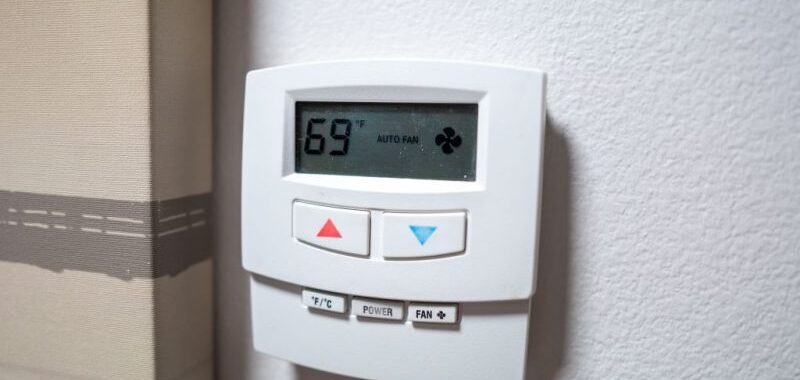
(NEXSTAR) – As the temperatures drop, the energy bills go up. But how you set your thermostat can help keep the cost of heating your home down.
There are two main heater strategies: set it and forget it, or turn it on and off. While some people may prefer the first strategy, the second way is likely to be cheaper.
If people are at home all day, or coming in and out pretty constantly, it might make more sense to leave the heat on instead of flipping it on and off repeatedly.
However, if no one is home for a long stretch of time – like a typical 8-hour workday – you should turn the heat off, or set it to a low temperature, to save money, experts advise.
The idea that it costs more to heat your home back up after the temperature drops isn’t true, says the Department of Energy (DOE).
“A common misconception associated with thermostats is that a furnace works harder than normal to warm the space back to a comfortable temperature after the thermostat has been set back,” the DOE explains.
Most of the time, maintaining a comfortable temperature all day in the winter will cost more money than raising it a few degrees when you get home. You don’t have to shut it down altogether, but can set it to a low temperature like 58 or 60 degrees.
The Department of Energy estimates households can save 10% on heating bills if the thermostat is dropped 7 to 10 degrees Fahrenheit for 8 hours a day, like when you’re out of the house. The savings is greater in milder climates than more harsh winter conditions.
When you are home and awake, DOE suggests a temperature between 68 and 70, and then lower when you’re asleep.
Dropping the temperature even 2 degrees and putting on an extra layer can help you save more, says Patrick Walsh, an HVAC expert for personal finance site MoneyGeek.
“When the sun is up, open your shades and blinds to allow as much sunlight as possible to enter the home,” Walsh also suggests. “It’s free heat.”

